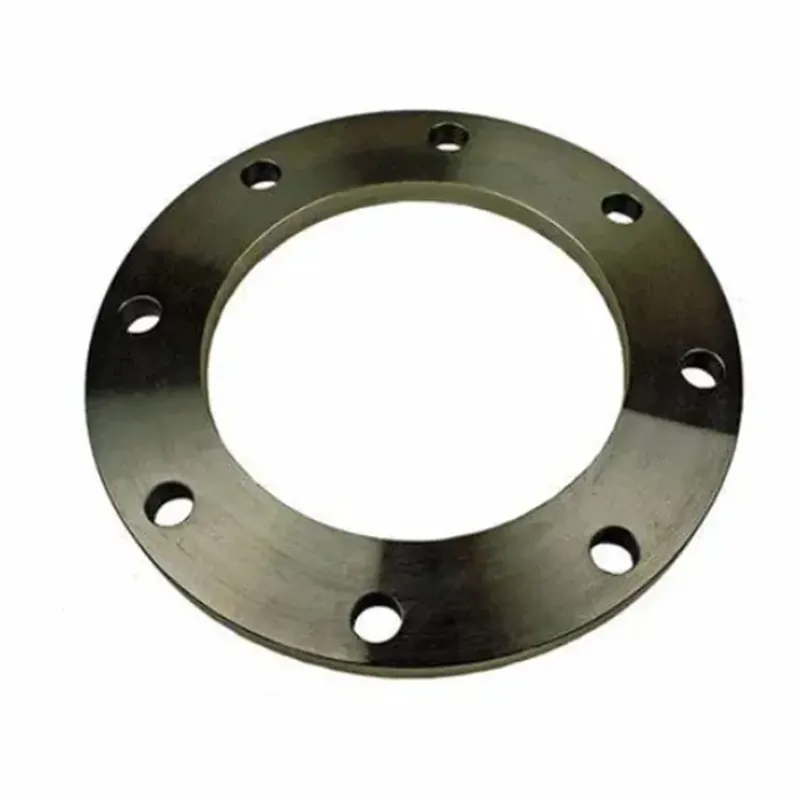-
Cangzhou Yulong Steel Co., Ltd.
-
Phone:
+86 13303177267 -
Email:
admin@ylsteelfittings.com
- English
- Arabic
- Italian
- Spanish
- Portuguese
- German
- kazakh
- Persian
- Greek
- French
- Russian
- Polish
- Thai
- Indonesian
- Vietnamese
- Zulu
- Korean
- Uzbek
- Hindi
- Serbian
- Malay
- Ukrainian
- Gujarati
- Haitian Creole
- hausa
- hawaiian
- Hebrew
- Miao
- Hungarian
- Icelandic
- igbo
- irish
- Japanese
- Javanese
- Kannada
- Khmer
- Rwandese
- Afrikaans
- Albanian
- Amharic
- Armenian
- Azerbaijani
- Basque
- Belarusian
- Bengali
- Bosnian
- Bulgarian
- Catalan
- Cebuano
- China
- China (Taiwan)
- Corsican
- Croatian
- Czech
- Danish
- Esperanto
- Estonian
- Finnish
- Frisian
- Galician
- Georgian
- Kurdish
- Kyrgyz
- Lao
- Latin
- Latvian
- Lithuanian
- Luxembourgish
- Macedonian
- Malgashi
- Malayalam
- Maltese
- Maori
- Marathi
- Mongolian
- Myanmar
- Nepali
- Norwegian
- Norwegian
- Occitan
- Pashto
- Dutch
- Punjabi
- Romanian
- Samoan
- Scottish Gaelic
- Sesotho
- Shona
- Sindhi
- Sinhala
- Slovak
- Slovenian
- Somali
- Sundanese
- Swahili
- Swedish
- Tagalog
- Tajik
- Tamil
- Tatar
- Telugu
- Turkish
- Turkmen
- Urdu
- Uighur
- Welsh
- Bantu
- Yiddish
- Yoruba

Feb . 15, 2025 07:48 Back to list
Gas pipe
The use of galvanized pipes for natural gas applications remains a subject of both interest and debate, given the complexities and safety concerns associated with gas systems. This article evaluates the employability of galvanized pipes within natural gas setups, focusing on technical expertise, safety considerations, and authoritative guidelines.
Moreover, trustworthiness in this domain is reinforced by relying on professional engineers or experienced plumbers who are familiar with both the theoretical and practical aspects of galactic piping systems. These experts can perform rigorous assessments to determine the suitability of galvanized pipes, taking into account factors such as local climate, gas composition, and the specific requirements of the building or installation in question. The authoritative viewpoint further emphasizes the importance of updated knowledge on materials technology and industry advancements. Developments in alternatives to traditional piping materials, such as flexible gas lines that incorporate polyethylene or stainless steel, have shown increasing popularity due to their ease of installation and superior corrosion resistance characteristics over time. These materials not only align with modern safety and efficiency standards but also often fall within contemporary building codes and insurance requirements. As the discussion surrounding galvanized pipes for natural gas continues to evolve, it is clear that the decision to use this material should not be made lightly. It must be informed by a comprehensive understanding of the technical specifications, regulatory environment, and alignment with best practices. This careful consideration ultimately enhances the safety, efficiency, and longevity of natural gas systems, ensuring optimal performance and peace of mind for those involved. Therefore, while galvanized pipes might offer certain advantages, their applicability to natural gas systems is limited and should be evaluated against newer material technologies and stringent compliance standards. Engaging with certified professionals and remaining current with industry guidelines are the cornerstones of making an informed and wise decision in any natural gas piping project.


Moreover, trustworthiness in this domain is reinforced by relying on professional engineers or experienced plumbers who are familiar with both the theoretical and practical aspects of galactic piping systems. These experts can perform rigorous assessments to determine the suitability of galvanized pipes, taking into account factors such as local climate, gas composition, and the specific requirements of the building or installation in question. The authoritative viewpoint further emphasizes the importance of updated knowledge on materials technology and industry advancements. Developments in alternatives to traditional piping materials, such as flexible gas lines that incorporate polyethylene or stainless steel, have shown increasing popularity due to their ease of installation and superior corrosion resistance characteristics over time. These materials not only align with modern safety and efficiency standards but also often fall within contemporary building codes and insurance requirements. As the discussion surrounding galvanized pipes for natural gas continues to evolve, it is clear that the decision to use this material should not be made lightly. It must be informed by a comprehensive understanding of the technical specifications, regulatory environment, and alignment with best practices. This careful consideration ultimately enhances the safety, efficiency, and longevity of natural gas systems, ensuring optimal performance and peace of mind for those involved. Therefore, while galvanized pipes might offer certain advantages, their applicability to natural gas systems is limited and should be evaluated against newer material technologies and stringent compliance standards. Engaging with certified professionals and remaining current with industry guidelines are the cornerstones of making an informed and wise decision in any natural gas piping project.
Next:
Latest news
-
ANSI 150P SS304 SO FLANGE
NewsFeb.14,2025
-
ASTM A333GR6 STEEL PIPE
NewsJan.20,2025
-
ANSI B16.5 WELDING NECK FLANGE
NewsJan.15,2026
-
ANSI B16.5 SLIP-ON FLANGE
NewsApr.19,2024
-
SABS 1123 FLANGE
NewsJan.15,2025
-
DIN86044 PLATE FLANGE
NewsApr.19,2024
-
DIN2527 BLIND FLANGE
NewsApr.12,2024
-
JIS B2311 Butt-Welding Fittings LR/SR 45°/90° /180°Seamless/Weld
NewsApr.23,2024











